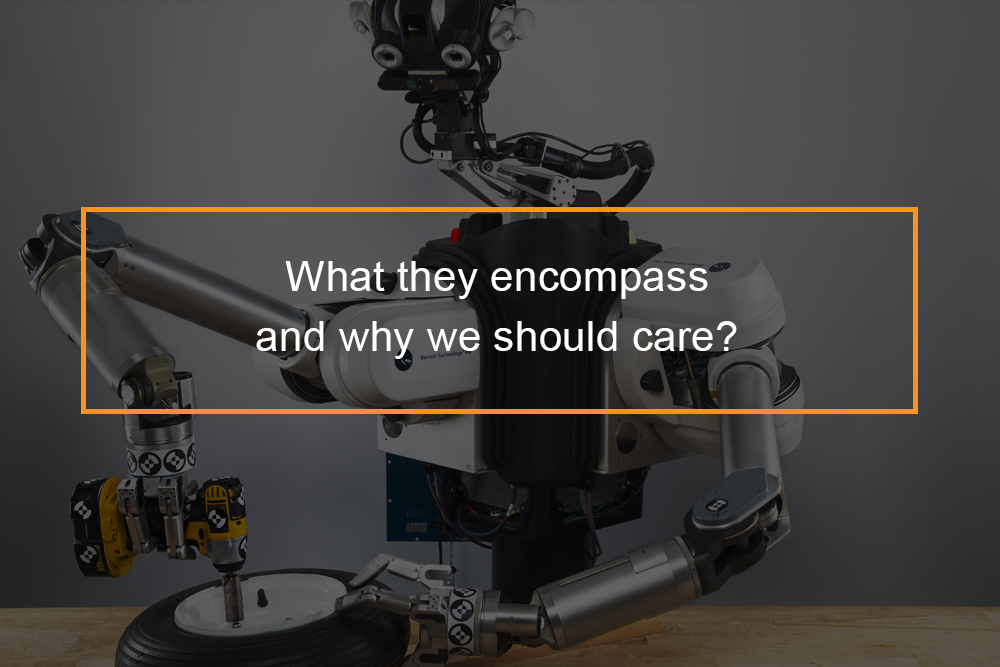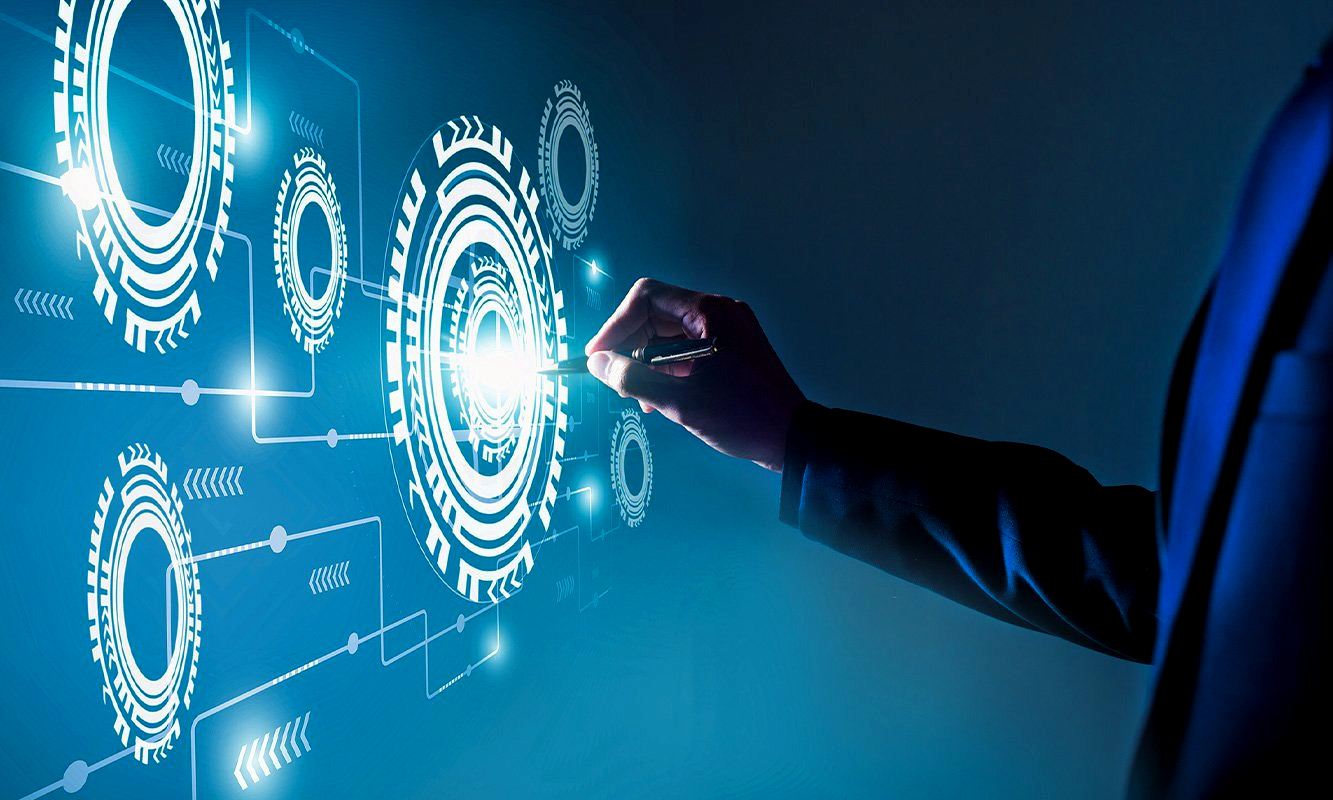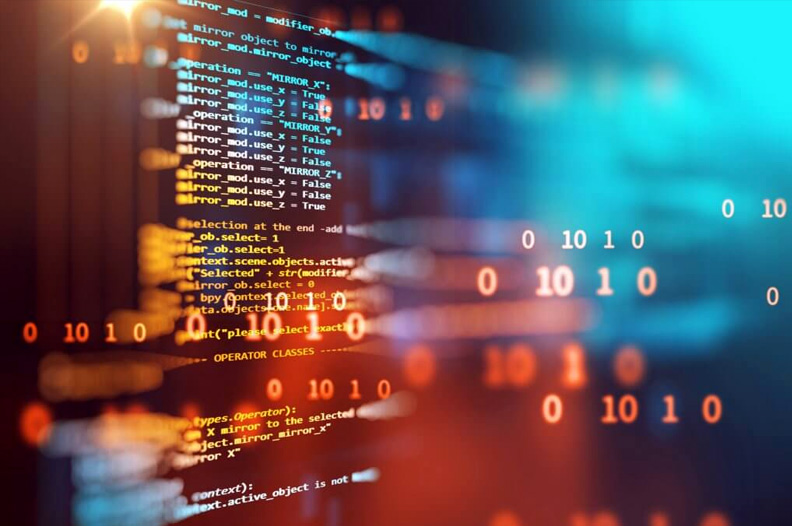
Robotics has advanced in recent years and has become more hands-free requiring less and less human assistance. Robots nowadays can perform tasks like opening doors, walking, talking, waving, etc. on their own. This is known as autonomy, and it, and it aims to give robots the ability to make decisions on their own.
What are autonomous robots?
Defining autonomy in robots
Before explaining what autonomous robots are we have first to understand what autonomy is. Autonomy is the ability to make informed un-coerced decisions. In humans it lets us perform a wide range of tasks from significant ones to less significant ones like walking, talking, opening a door, waving, etc. Autonomy in robots is no different. Autonomous robots can make their own decisions and act accordingly. A robot that is genuinely autonomous can perceive its environment, make decisions based on what it perceives or has been programmed to recognize and then respond accordingly. For example, concerning mobility, these decision-based actions can include starting, stopping or going around obstacles. Simply put, an autonomous robot is a machine that can perform tasks without the need for human intervention. A simple example is an autonomous robotic vacuum cleaner that will vacuum a room on its own, avoiding obstacles and automatically returns to it’s charging station.
How do autonomous robots work?
By definition, robots are at least semi-autonomous, in that they will react to specific events and conditions without requiring direction in real-time. A self-governing robot is one that acts and behaves with a higher degree of independence. It can do complex tasks on its own, without humans or wires, that is being plugged into an electrical source permanently. It can also maintain itself, like charging itself when required.
What are the capabilities of an autonomous robot?
A fully autonomous robot can:
- Gather information about the environment it is in
- Operate devoid of human intervention for a while
- Move all or part of itself throughout its operating environment without human aid
- Avoid situations that can harm people, property, or itself unless they are part of its programming.
An autonomous robot may also learn or gain new knowledge like adapting to new methods of accomplishing tasks or adjusting to changing surroundings. Like other machines, autonomous robots still require regular maintenance. Autonomous robots are mobile hence they can move around on their own. They come in different forms ; from flying drones to ground-based robots, to water-based and even underwater machines. Currently, they are limited to a given environment , such as a factory space, shopping mall, or railway station. However, with technological advancements, they will be put to use in more areas.
Where are self-governing robots used?
The robot’s workplace is challenging, continually requiring them to work in areas that are too dangerous or difficult for people to reach, or they contain chaotic and unexpected variables. The type, bearing, and location of the robot’s next job, for example, can vary unpredictably. It must be able to deal with these changes and apply different solutions, although they occasionally need human assistance.
Different types of sensors used by autonomous machines
Regarding sensors, as with software, different robots use different types. Simpler autonomous robots, depend on infrared or ultrasound sensors to navigate and ‘see’ their surroundings. Higher-level robots, like autonomous vehicles, use cameras, radars (radio sensors) or lidars (laser sensors) to identify and categorize the things they ‘see.’ These sensors are crucial for gathering the requisite data, along with what the robot may get from other sources like maps, to allow it to evaluate its environs and make ‘decisions’ regularly. Advanced robots require this decision-making ability to execute three principal tasks: obstacle avoidance, localization and mapping, and path planning.
The self-learning aspect of autonomous robots
Robot environments are often chaotic and contain unforeseen variables; some developers are investigating how to make robots ‘self-learning’. This will allow them to obtain new ways of accomplishing tasks or adapting to their changing surroundings. They are sometimes referred to as adaptive or intelligent robots; and employ machine learning or deep-learning, both of which are subsets of AI, to automatically learn and improve from experience. One example of this is Aibo, the AI Japanese robot pet.
The workings of the technology can admittedly get very complicated but, basically, autonomous robots are a mix of (sometimes artificially intelligent) software, physical robotics hardware, and sensors. Their software could be referred to, metaphorically, as their ‘brain,’ their sensors as their ‘senses,’ and their hardware as their ‘body.’ In the future, all autonomous robots are likely to use machine learning in some capacity, although a mixed approach , combining the different types of hardware and software above , will probably remain the most popular option.
What are the levels of robot autonomy?
Degrees of autonomy
A robot’s capability to sense(perceive), plan(decide), and act within its environment is what determines its level of autonomy. Therefore we should ask ourselves:
- What task is the robot to perform?
- What aspects of the task should the robot perform?
- To what extent can the robot perform the aspects of the task?
What task is the robot to perform?
Can the robot complete the task given at a certain autonomy level?
The robot creator should not ask whether a robot is autonomous but rather if it can complete the given task at some level of autonomy?” For example, the iRobot Roomba can navigate and vacuum floors autonomously. However, if the task of vacuuming is expanded to other subtasks (i.e., picking up objects from the floor, cleaning filters, or emptying out the trash cans), then the Roomba may be considered semi-autonomous because it only completes a portion of those subtasks. Moreover, if the environment is altered (e.g., vacuuming stairs instead of flat surfaces), then the Roomba’s autonomy could be classified differently since it is currently incapable of vacuuming stairs. Therefore, defining the context of the task and setting is critical for determining the task-specific level of robot autonomy (LORA).
Be specific when giving commands to the robot
Next, specifying demands, such as task criticality, responsibility, organizational structure, and the complexity of the environment should guide a creator in determining autonomy. Automation levels influence task characteristics and outcomes of error. Failures or mistakes in the early stages of automation are not as critical as errors at later stages in most cases. One justification is that it is too risky to program a robot to have high autonomy in a task that needs decision support, especially if the result involves lethality or other human safety concerns, for instance, unreliability in a robot that autonomously decides what medication a patient should take. Robot failure may result in critical, if not lethal consequences.
Establish accountability for the success or failure of a task given to the autonomous machine
Finally, accountability for successful task completion is of importance, particularly as robots and humans work as teams. With the autonomation of robots, they are regarded as peers and possibly that the distribution of liability may be perceived to be divided between the robot and the human. With automation, human operators may feel less accountable for errors. Therefore, care should be taken in defining which tasks a robot will perform, as well as in designing the system so that human supervisors are held liable, and they can easily diagnose and alleviate outcomes of errors.
Furthermore, the nature of the environment should be considered. Service robots designed for assistive functions (e.g., home, workplace, or healthcare applications), surveillance, or first responders (e.g., search and rescue) will be required to operate in unknown, disorderly, and dynamic environments, which will influence the functional requirements of the robot. The robot’s capability to operate in a dynamic environment is highly dependent on environmental factors such as lighting etc. that affect the robot’s sensors to perceive the world around it. Higher LORA may be required for a robot to function in dynamic, ever-changing environments. Yet, not all aspects of the environment can be predicted; thus, for many complicated tasks, the presence of a human supervisor may be required.
What aspects of the task should the robot perform?
Once the task and environmental demands are known, the next question is, “What aspects of the task should the robot perform?” Each task, no matter how simple or complex, can be divided into these rudimentary elements: sense, plan, and act. Consider robots equipped with assisted teleoperation features like controls. This robot shows low levels of autonomy by aiding the human operator in avoiding obstacles. This feature is programmed into the robot using behavior-based sense-act couplings where the robot is assisting with the task by detecting obstacles (sense), then changing its behavior to avoid a collision. The human remains, largely, in charge of path planning and navigational goals (plan). However, a robot that navigates semi-autonomously may need a human to specify the high-level navigating to a specified location goal. Once the goal is given, the robot can then autonomously get to that location. Here, the robot demonstrates a high level of autonomy in sensing the environment, a relatively high LORA in the plan goal (except for the human-provided the high-level goal), and a high level of autonomy in actuating the goal.
To what extent can the robot perform these aspects of the task?
Autonomy can vary along any of the senses, plan, and act primitives which links to the next question, “To what extent can the robot perform these aspects of the task?” Each of the primitives could be designated to either the human or the robot (or both).
Autonomy levels in robotics
There are ten levels of autonomy as listed below
-
Manual Robotic Operation
The human performs all aspects of the task the sensing, planning and implementing the processes.
-
Tele-operation Autonomy
The robot helps by implementing the actions, but the sensing and planning primitives are still decided by the human. For example, a person may tele-operate a robot, but the human may choose to prompt the robot to assist with some aspects of a task like holding objects
-
Assisted Tele-operation Autonomy
The human helps with all aspects of the task. However, the robot senses the environment and chooses to interfere with the task. For example, if the user navigates the robot too close to an obstacle, the robot will automatically steer to avoid a collision.
-
Batch Processing Autonomy
Both the human and robot watch and sense the environment. The human, however, determines the goals and plans of the task. The robot then implements the task. The machine selects the action, and the human operator decides if it should or should not be done.
-
Decision Support Autonomy
The operator and robot sense the setting and come up with a plan. The computer selects the action and implements it if the human operator approves the action.
-
Shared Autonomous Control with Human action.
The robot autonomously senses the environment, makes plans and goals, and takes actions. However, the human watches the robot’s progress and may intervene and direct the robot with new goals and plans if it is having difficulty. The computer selects the action and informs the human operator in case the operator wants to cancel the action.
-
Shared Control with Robot Initiative
The machine performs all aspects of the task (sense, plan, act). If the robot faces difficulty, it can prompt the human for help in setting new goals and plans.
-
Executive Control in autonomous bodies
The human may give an abstract high-level goal like navigating an environment to a specified location. The robot autonomously senses the environment, sets the plan, and takes action.
-
Supervisory Control in autonomous bodies
The robot performs all phases of the task, while a human continuously monitors the robot, environment, and task at hand. The operator has override capability and may set a new goal and plan. Autonomy would shift to executive control, shared control, or decision support.
-
Full Autonomy in robots
The robot performs all aspects of a task independently devoid of human interference with sensing, planning, or implementing action.
The basics of autonomous robots
Crucial components of an autonomous robot
An autonomous robot must have the following components to be classified as autonomous: perception, decision, and actuation.
Perception in Autonomous robots
For humans, refers to our five senses: eyes, ears, skin, hair, and other biological mechanisms used to see the world. A robot uses sensors laser scanners, stereo vision cameras, bump sensors, force-torque sensors, and even spectrometers to get an idea of what the environment it is in looks like; they are used as input devices for the robot.
Decision making in Autonomous robots
For people, our brain makes most of the decisions; sometimes our “gut” or even our nervous system. Our brains make higher level decisions, about what we want to do for instance. Sometimes our biology overrides our brains, and our bodies react to things before our brains are aware. Those reflexive responses, like eyelids closing faster than a flying piece of debris, operate faster and without the permission of our brains to keep us safe. Autonomous robots have a similar decision-making structure. The “brain” of a robot is a computer, and it makes decisions based on what its objective is, and the information it receives along the way. Robots also have a capability similar to the neurological system in humans, where their safety systems operate faster and without the acknowledgment of the brain; in fact in robots, the brain operates with the permission of the safety system. In an autonomous robot, it is known as an embedded system; operating faster and with greater authority than the computer that is performing a mission plan and parsing information. This is how the robot can choose to stop if it sees an obstacle in its way, if it identifies a problem with itself, or if its emergency-stop button is pressed.
Actuation in Autonomous robots
Muscles are the actuators of human beings. They take different shapes and perform varied functions, from holding something to pumping blood. Robots have a variety of actuators too, and a motor of some kind is usually at the heart of the actuator. Whether it’s a wheel, linear actuator, or hydraulic ram, there’s always a motor converting energy into movement. The endless permutations of actuators provide a lifetime of joy and fascination for the people who create and work with them.









